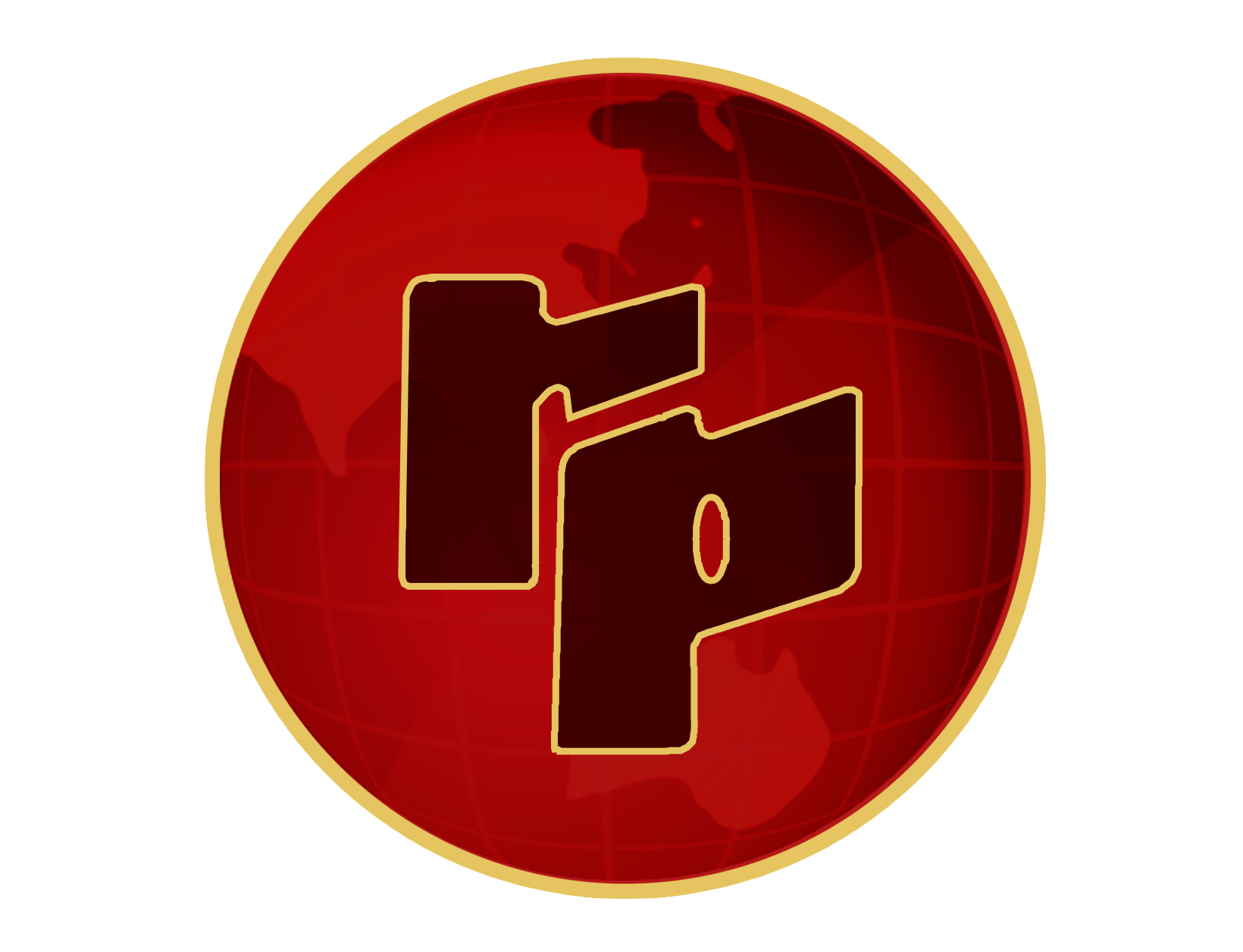Leather has been an integral part of human civilization for centuries, serving as a versatile and durable material. Traditionally, leather production process involved labor-intensive processes, but with advancements in technology, mechanized leather products have revolutionized the industry. In this blog, we will explore the benefits of mechanized leather production and how it has transformed the leather manufacturing process.
Leather Production Process: Benefits of Mechanized Leather Products
Increased Efficiency
Mechanized leather production has significantly increased efficiency in various stages of leather processing. Automated machines and equipment streamline tasks such as cutting, stitching, and shaping, reducing manual labor and production time. This efficiency allows leather manufacturers to meet growing demands while maintaining consistent quality standards.
Consistent Quality
Mechanized leather production ensures a higher level of consistency and uniformity in the final product. Automated processes eliminate human errors and variations, resulting in leather products that meet specific quality criteria. From the thickness and texture to the color and finish, mhanization helps achieve standardized and reliable outcomes, meeting customer expectations consistently.
Improved Precision
Precision is crucial in leather production, especially for intricate designs and complex patterns. Mechanized equipment provides precise control and accuracy, enabling the creation of intricate details with ease. Computer-controlled cutting and stitching machines ensure clean and precise lines, enhancing the overall aesthetics and functionality of leather products.
Enhanced Customization
Mechanized leather production allows for enhanced customization capabilities. Advanced machinery can be programmed to create unique designs, patterns, and finishes. Manufacturers can cater to individual preferences and specific customer requirements, offering a wide range of options in terms of colors, textures, and styles. This customization flexibility provides greater customer satisfaction and opens up new market opportunities.
Sustainability
Mechanized leather production has introduced more sustainable practices in the industry. Advanced technologies and processes minimize waste, optimize material usage, and reduce environmental impact. By utilizing precise cutting techniques, manufacturers can maximize leather yield, minimizing scrap and reducing overall material waste. Additionally, automated systems facilitate more efficient water and energy usage, promoting sustainable and eco-friendly leather production.
Enhanced Worker Safety
Leather production can involve hazardous tasks, including cutting, stitching, and handling chemicals. Mechanization helps improve worker safety by reducing exposure to potential risks. Automated machines take over labor-intensive and dangerous processes, minimizing the risk of accidents, injuries, and repetitive strain. This, in turn, creates a safer working environment and reduces occupational health concerns.
Scalability and Productivity
Mechanized leather production enables manufacturers to scale their operations efficiently. With automated processes, it becomes easier to increase production volumes without compromising quality. Manufacturers can meet market demands more effectively, reducing lead times and maximizing productivity. This scalability allows businesses to expand their reach and cater to diverse customer segments.
Conculsion
Mechanized leather production has brought significant advancements to the industry, transforming the way leather products are manufactured. The benefits of increased efficiency, consistent quality, improved precision, enhanced customization, sustainability, worker safety, scalability, and productivity have revolutionized the leather manufacturing process. As technology continues to evolve, mechanized leather production will further drive innovation and shape the future of the leather industry. Embracing mechanization not only improves operational efficiency but also ensures the production of high-quality leather products that meet the demands and preferences of today’s consumers.

